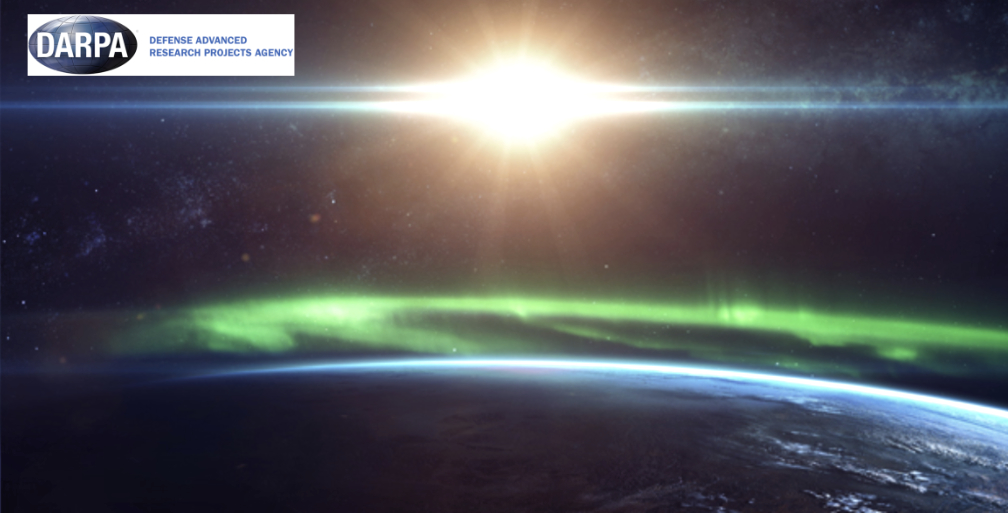
Warfighters depend on high-frequency (HF) radio transmissions to operate military systems across the space, air, ground and maritime domains.
Current understanding of how HF waves propagate through the electromagnetically noisy ionosphere typically depends on ground-based methods. To more accurately understand HF propagation in space requires scientific measurements taken from within the ionosphere itself.

DARPA’s new Ouija program aims to use sensors on low-orbiting satellites to provide new insights into HF radio wave propagation in the ionosphere, which spans the upper edges of the Earth’s atmosphere to the lower regions of space. The program seeks to quantify the space HF noise environment and improve characterization of the ionosphere to support warfighter capabilities.
The program includes two technical areas. The first technical area, announced in a solicitation issued on April 21, 2022, seeks to develop, qualify, launch, and operate multiple small satellites carrying scientific and mission instrumentation. The Ouija scientific payload will measure electron density by both direct sampling and indirectly via radio occultation using navigation satellites. It is anticipated that the scientific payload will use or adapt Commercial-Off-The-Shelf (COTS) components, but innovative instrumentation proposals that enhance the functionality of the scientific payload over a COTS baseline are welcome.
The second technical area, which will be fully detailed in a separate solicitation at a later date, aims to develop assimilative models that ingest direct, in-situ, measurements of electron density from a satellite in Very Low Earth Orbits (VLEO). The derived electron density models will be fed into HF propagation code and then validated with data measured on-orbit. The goal is to improve fidelity over current state-of-the-art assimilative models by incorporating high resolution (in time and space) local measures with low latency updates.
Ouija employs a simplified Other Transactions (OT) process aimed at lowering the bureaucratic barrier for companies to make proposals, especially those seeking to work with DoD or DARPA for the first time.
The solicitation for Ouija Technical Area 1, including full technical details, program structure, and instructions for submitting a proposal, is available at this direct link...
“Ouija will augment ground-based measurements with in-situ measurements from space, in very low- Earth orbit (VLEO), to develop and validate accurate, near real-time HF propagation predictions,” said Jeff Rogers, Ouija program manager in DARPA’s Strategic Technology Office. “The VLEO altitude regime, approximately 200 km – 300 km above Earth, is of particular interest due to its information-rich environment where ionospheric electron density is at a maximum. Fine-grained knowledge of the spatial-temporal characteristics of electron density at these altitudes is required for accurate HF propagation prediction.”
Rogers continued, “The HF mission payload will require a high sensitivity, high dynamic range, low noise HF measurement subsystem. The antenna for this subsystem is a particular challenge, as efficient HF antennas that operate at the lower end of the frequency band are long, presenting deployment and space vehicle drag challenges.”
